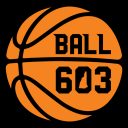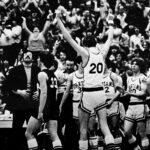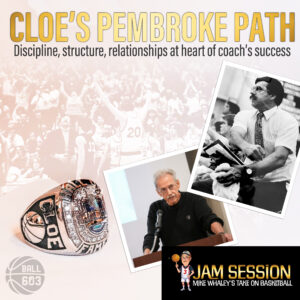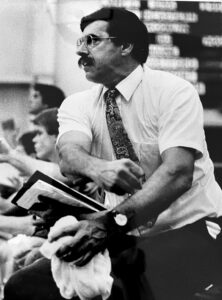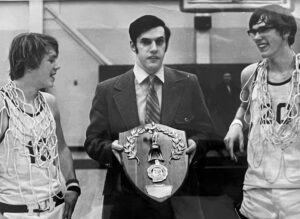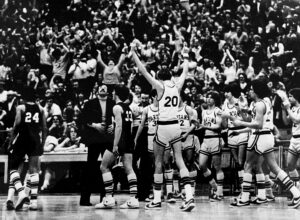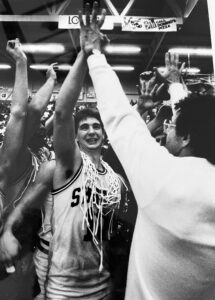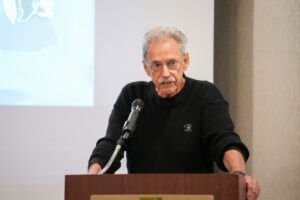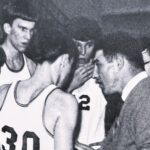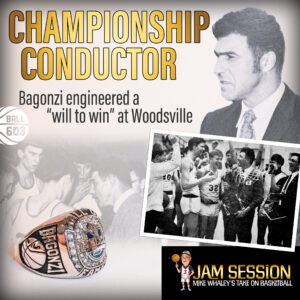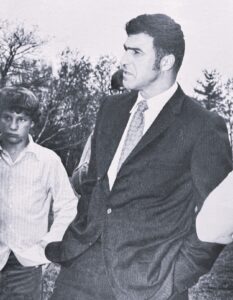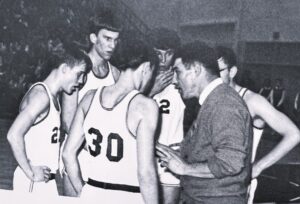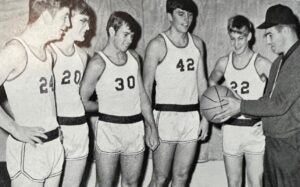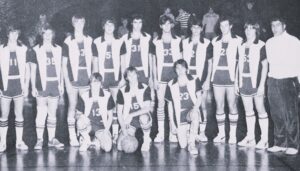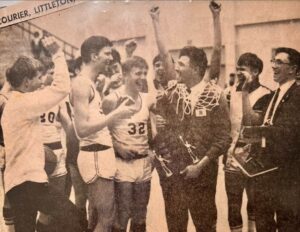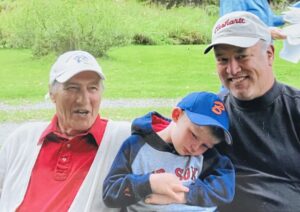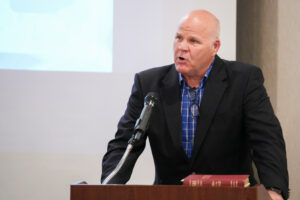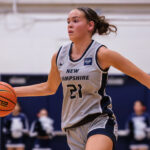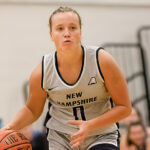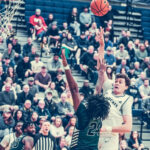By: KJ Cardinal
DURHAM, N.H. — New Hampshire stayed within one possession for much of the first half but was held to 18 points after the break, falling 59–47 to Brown on Tuesday night on Friel Court at Lundholm Gymnasium.
UNH trailed 33–29 at halftime after shooting 37 percent from the field and making five three-pointers in the opening 20 minutes. Jack Graham led the Wildcats with 14 points on 5-of-9 shooting, including two threes. Belal El Shakery added 10 points and six rebounds, while Davide Poser supplied nine points on three made threes.
Offensively, the second half proved decisive. The Wildcats went 8-for-33 from the field (24 percent) and 2-for-15 from three, finishing at 30 percent shooting for the game. UNH made all four of its free throws and matched Brown with 34 total rebounds but committed 14 turnovers that resulted in 12 opposing points.
John Squire added three steals and four rebounds, and local guard Tyler Bike (Merrimack, N.H. / Trinity HS / Phillips Exeter) earned the start, contributing an assist and a rebound in 22 minutes.
The loss drops New Hampshire to 2–5 on the season.
UNH travels next to face Fairfield on Sunday, Nov. 30 at 2 p.m. in Fairfield, Conn.
Check out the photo gallery by Michael Griffin…
